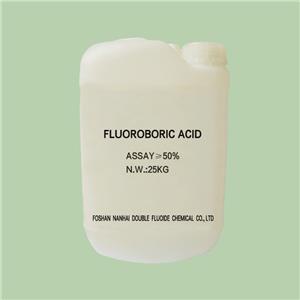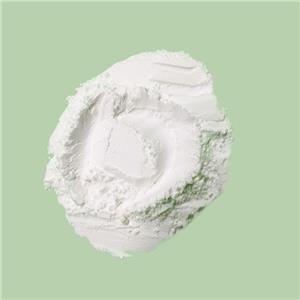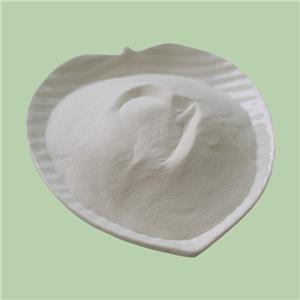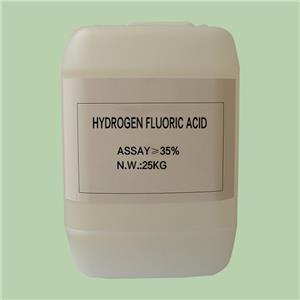Fluoroboric Acid Transform The Rubber Industry
Fluoroboric acid, also known as tetrafluoroboric acid (HBF4), is a versatile compound widely utilized in various industries due to its unique properties. One of its notable applications is in the rubber industry, where it plays a crucial role in the production process. In this article, we will explore the characteristics of fluoroboric acid that make it suitable for use in the rubber industry, its working principles in rubber production, and its specific applications within this sector.
Characteristics of Fluoroboric Acid:
Fluoroboric acid is a strong acid characterized by its ability to donate protons readily, making it an effective catalyst in numerous chemical reactions. Its unique properties, including high acidity and stability, contribute to its widespread application across different industries. In the rubber industry specifically, fluoroboric acid's properties make it particularly suitable for enhancing certain aspects of rubber production processes.

Working Principle in Rubber Manufacturing:
In the rubber industry, fluoroboric acid finds application primarily in the production of synthetic rubbers, specifically in the polymerization process. Synthetic rubbers, such as styrene-butadiene rubber (SBR) and polybutadiene rubber (BR), are widely used in numerous applications due to their enhanced properties compared to natural rubber.
Fluoroboric acid acts as a catalyst in the polymerization reaction of monomers like butadiene or styrene. During polymerization, the acid facilitates the formation of long-chain polymer molecules by initiating and accelerating the bonding of monomer units. This catalytic activity of fluoroboric acid enables precise control over the polymerization process, leading to the desired molecular structure and properties of the synthetic rubber.
Applications in the Rubber Industry:
The application of fluoroboric acid in the rubber industry extends beyond polymerization. It is also utilized in processes such as vulcanization, where rubber compounds are cross-linked to improve their mechanical properties, durability, and heat resistance.
During vulcanization, fluoroboric acid functions as an activator for curing agents, such as sulfur or peroxides, by promoting the formation of cross-links between polymer chains. These cross-links impart stability and elasticity to the rubber, making it suitable for diverse applications ranging from automotive tires to industrial seals.

Moreover, fluoroboric acid is employed in the formulation of specialty rubber compounds, including those with specific properties such as oil resistance or electrical conductivity. By incorporating fluoroboric acid into rubber formulations, manufacturers can tailor the performance characteristics of the final rubber products to meet the requirements of various industries.
Fluoroboric acid plays a vital role in the rubber industry, offering unique properties that enable precise control over polymerization reactions and enhance the performance of synthetic rubber materials. From catalyzing polymerization to facilitating vulcanization and formulation of specialty compounds, fluoroboric acid contributes significantly to the production of high-quality rubber products used in diverse applications. As the demand for synthetic rubbers continues to grow, the importance of fluoroboric acid in the rubber industry is expected to remain prominent, driving innovation and advancement in rubber manufacturing processes.
- Fluoride Salt
- Ammonium Fluoride
- Sodium Fluoride
- Potassium Fluoride
- Sodium Hydrogenfluoride
- Potassium Bifluoride
- Magnesium Fluoride
- Aluminium Fluoride
- Barium Fluoride
- Lithium Fluoride
- Strontium Fluoride
- Nickel Fluoride
- Zinc Fluoride




